Research Area B
Publications 2010
29-Nov-2010
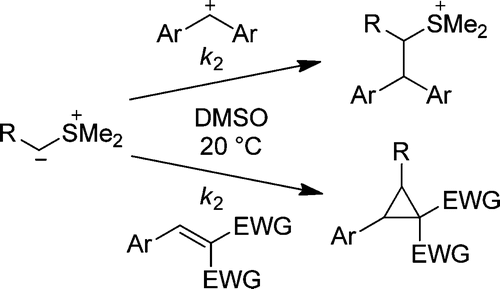
The rates of the reactions of the stabilized and semistabilized sulfur ylides 1a−g with benzhydrylium ions (2a−e) and Michael acceptors (2f−v) have been determined by UV−vis spectroscopy in DMSO at 20 °C. The second-order rate constants (log k2) of these reactions correlate linearly with the electrophilicity parameters E of the electrophiles 2 as required ... READ MORE
10-Nov-2010
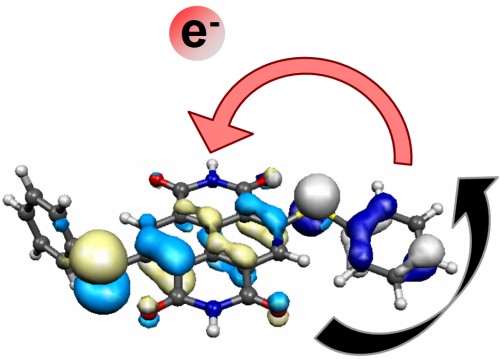
The ultrafast fluorescence quenching of 2,6-sulfanyl-core-substituted naphthalenediimides was investigated by transient spectroscopy. We find a strong dependence of the relaxation on the chemical structure of the substituent. Direct linking of an aryl rest to the sulfur atom leads to a strong red shift of the fluorescence in 1 ps and the disappearance of the ... READ MORE
05-Nov-2010
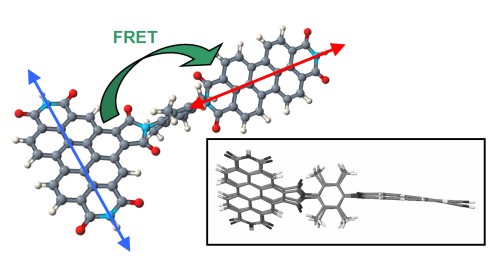
We investigate the ultrafast resonant energy transfer of a perylene bisimide dyad by pump−probe spectroscopy, chemical variation, and calculations. This dyad undergoes transfer with near-unit quantum efficiency, although the transition dipole moments of the donor and acceptor are in a perfectly orthogonal arrangement to each other in the equilibrium geometry. ... READ MORE
26-Oct-2010

Kinetics of the reactions of allylsilanes (1) and silyl enol ethers (2) with benzhydrylium ions (3) were studied by UV−vis spectroscopy in dichloromethane at 20 °C. The less than three times higher reaction rates of the tris(trimethylsilyl)silyl compounds in comparison to the corresponding trimethylsilyl compounds indicate that the previously reported strong ... READ MORE
13-Oct-2010
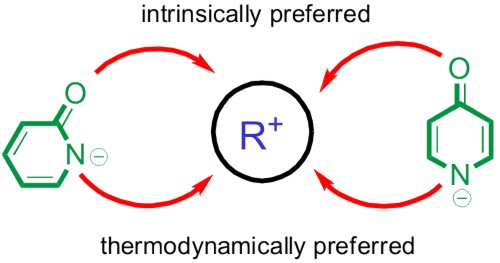
The kinetics of the reactions of the ambident 2- and 4-pyridone anions with benzhydrylium ions (diarylcarbenium ions) and structurally related Michael acceptors have been studied in DMSO, CH3CN, and water. No significant changes of the rate constants were found when the counterion was varied (Li+, K+, NBu4+) or the solvent was changed from DMSO to CH3CN, whereas a ... READ MORE
28-Sep-2010
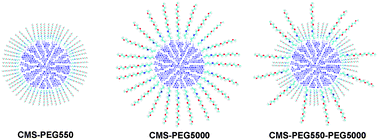
Inorganic–organic core-shell mesoporous silicananoparticles have high potential as drug delivery vehicles. They can combine high loading levels of guest molecules in the mesoporous core with an organic shell showing stimuli-responsive controlled release capabilities, high stabilization in colloidal suspension, and biocompatibility. We describe colloidal ... READ MORE
13-Sep-2010

Organic iodides bearing a cationic quaternary ammonium group at a remote position react with zerovalent Pd complexes, Zn, or In leading to a C-I bond insertion. The resulting charge-tagged organometallics can be detected by electrospray-ionization mass spectrometry, which provides detailed information on their stoichiometry, oxidation state, and coordination ... READ MORE
10-Sep-2010

The kinetics of the reactions of 1,2-diaza-1,3-dienes 1 with acceptor-substituted carbanions 2 have been studied at 20 °C. The reactions follow a second-order rate law, and can be described by the linear free energy relationship log k(20 °C)=s(N+E) [Eq. (1)]. With Equation (1) and the known nucleophile-specific parameters N and s for the carbanions, ... READ MORE
13-Aug-2010
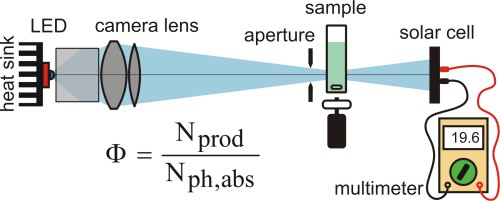
A novel setup for the direct determination of the quantum yield in photocatalytic and photochemical processes is reported. It combines the opto-electronic measurement of the absorbed amount of light with established quantitative chemical analysis of the products. High power visible LEDs are found to be convenient light sources for the illumination without the need ... READ MORE
09-Aug-2010
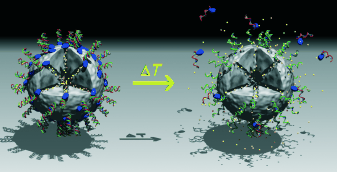
Heißes Pflaster: Ein temperaturgesteuertes Ventilsystem für die gezielte Freisetzung von Gastmolekülen aus dem Porensystem von kolloidalem, mesoporösem Siliciumoxid wird beschrieben. Die Öffnungstemperatur wird programmierbar durch Anbringen verschieden langer, doppelstrngiger DNA-Linker. Avidinproteine, die mit einer Biotinmodifikation an der DNA verknüpft ... READ MORE
22-Jul-2010
Organozinc halides, which are prepared either by direct zinc insertion or halogen-magnesium exchange and subsequent transmetalation with ZnCl_2, react smoothly with commercially available trichloroacetyl isocyanate to give, after hydrolysis, the corresponding primary amides. This method is compatible with a variety of functional groups such as an ester or a cyano ... READ MORE
30-Jun-2010

The nucleophilicity parameters of stabilized sulfur ylides, methylsulfonyl-, and methylsulfinyl stabilized carbanions have been determined from the rates of their reactions with benzhydrylium ions and quinone methides. Direct comparisons of the nucleophilic reactivities of sulfur and phosphorus ylides as well as their related carbanions have now become ... READ MORE
16-Jun-2010
A better approach to ambident reactivity: The principle of hard and soft acids and bases (HSAB) cannot rationalize the reactivities of even the prototypical ambident nucleophiles shown in the picture. Marcus theory, which describes activation energies by a combination of intrinsic and thermodynamic terms, is a superior alternative. ... READ MORE
25-May-2010
Solutions of CuCN/(RLi)n (n=0.5, 0.8, 1.0, and 2.0 and R=Me, Et,nBu,sBu,tBu, and Ph) intetrahydrofuran are analyzed by electrospray ionization mass spectrometry. In all cases, organo-cuprate anions are observed, whose exact nature depends on the reagent stoichiometry. While cyanide-free Lin-1CunR2n- anions completely predominate for CuCN/(RLi)2 solutions, ... READ MORE
18-May-2010
The Negishi cross-coupling of arylzinc reagents with various bromoanilines is accelerated by the presence of i-PrI (1 equiv) and furnished the expected biaryls within 5-12 min reaction time at 25 °C. Arylzinc reagents can also be cross-coupled under these conditions with a range of aryl bromides bearing an enolizable ester or acidic benzylic protons. ... READ MORE
19-Apr-2010
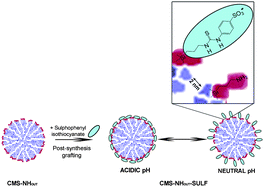
An effective pH-dependent nanoscale delivery system was synthesized, based on ionic interactions between amino functionalities and sulfonategroups that are located at the pore entrance of colloidal mesoporous silica (CMS) nanoparticles. By means of a delayed co-condensation approach, we were able to synthesize CMS nanoparticles with aminopropyl functional groups ... READ MORE
08-Apr-2010
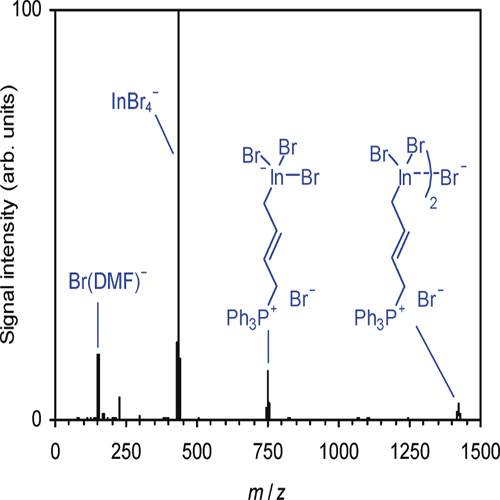
Solutions of allyl indium reagents formed in the reactions of indium with allyl bromide and allyl iodide, respectively, in N,N-dimethylformamide, tetrahydrofuran, and water were analyzed by a combination of electrospray-ionization mass spectrometry, temperature-dependent 1H NMR spectroscopy, and electrical conductivity measurements. Additional mass spectrometric ... READ MORE
08-Apr-2010
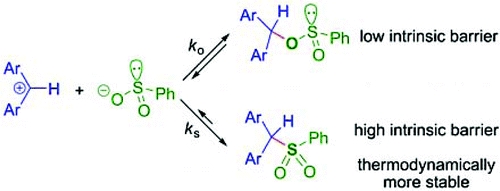
Second-order rate constants for the reactions of the phenylsulfinate ion PhSO2− with benzhydrylium ions Ar2CH+ have been determined in DMSO, acetonitrile, and aqueous acetonitrile solution using laser-flash and stopped-flow techniques. The rate constants follow the correlation equation log k (20 °C) = s(N + E), which allows the determination of the ... READ MORE
31-Mar-2010
The strong directing ability of the N,N,N′,N′-tetramethyldiaminophosphorodiamidate group has been used to achieve selective metalations on various heterocycles such as pyridines, quinolines and quinoxalines with TMP-derived bases like TMPMgCl·LiCl, TMP_2Mg·2LiCl, and TMP_2Zn·2MgCl_2·2LiCl. This protocol was applied in the synthesis of etoricoxib, talnetant ... READ MORE
18-Feb-2010
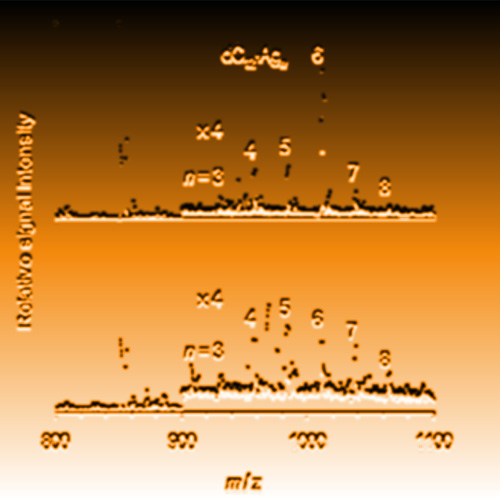
Small metal clusters fill the gap between the atomic scale and the metallic state with its distinctive bulk phenomena.[1] Besides being of high fundamental interest, this intermediate character of metal clusters also gives rise to unique and potentially useful electronic, magnetic, and optical properties.[ 2] To bring these properties to real-world applications, ... READ MORE
18-Jan-2010
Competition experiments have been performed to determine the relative reactivities of substituted bromobenzenes and of different arylzinc reagents in the [Pd(PPh3)4]-catalyzed Negishi cross-coupling reaction in THF at 258C. The crosscoupling reactions are accelerated by electron acceptors in the bromobenzenes, the effect of which increases in the order ortho <meta ... READ MORE
17-Jan-2010
Stereoselective functionalizations of organic molecules are of great importance to modern synthesis. A stereoselective preparation of pharmaceutically active molecules is often required to ensure the appropriate biological activity. Thereby, diastereoselective methods represent valuable tools for an efficient set-up of multiple stereocentres. In this article, highly ... READ MORE
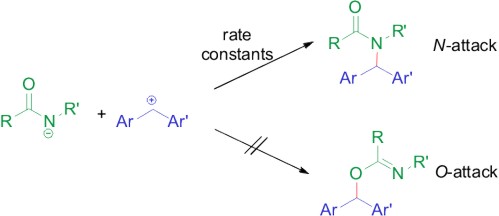
The kinetics of the reactions of amide and imide anions 2a−o with benzhydrylium ions 1a−i and structurally related quinone methides 1j−q have been studied by UV−vis spectroscopy in DMSO and acetonitrile solution. The second-order rate constants (log k2) correlated linearly with the electrophilicity parameters E of 1a−q according to the correlation log k2 ... READ MORE


